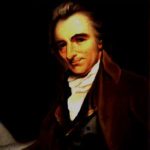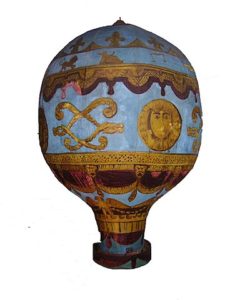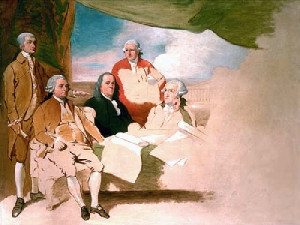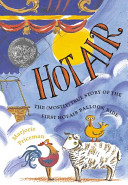
Thomas Paine
Thomas Paine published the first of a series of pamphlets called The American Crisis in 1776. His goal was to improve morale of both citizens and soldiers. His words were and still are very effective. His first words were:
THESE are the times that try men’s souls.
The summer soldier and the sunshine patriot will, in this crisis, shrink from the service of their country; but he that stands it now, deserves the love and thanks of man and woman.
Tyranny, like hell, is not easily conquered; yet we have this consolation with us, that the harder the conflict, the more glorious the triumph…”
The last of the pamphlets was printed December 9, 1783. Children can view the entire work at: The American Crisis.




